|
The Environmental Health Work Group (EHWG) of the Border 2012 Program
seeks to increase binational collaboration between environmental and public health
entities to improve the health of border communities. These collaborative efforts
should improve the workgroup’s ability to identify and address the environmental
conditions that pose the highest health risks. The goal of the workgroup
is to address environmental health concerns to reduce exposures and other factors
associated with the increase in disease rates along the border.
|
|
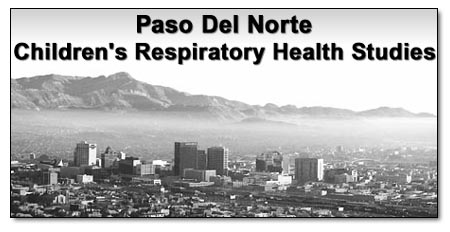
|
|
A series of studies is being conducted to evaluate the relationship between respiratory health effects and air pollutants among residents of the Paso Del Norte airshed.
| You will need Adobe Acrobat Reader, available as a free download, to view the Adobe
PDF files on this page. See EPA's PDF page
to learn more about PDF, and for a link to the free Acrobat Reader. |
El Paso Children's Respiratory Health Study
Air Pollution And Health Effects Surveillance System In Ciudad Juárez, Chihuahua. México
Retrospective Study On Pediatric Asthma And Air Quality
Distributions Of Residential Organochlorine
Pesticide Residuals Along The Arizona/Mexico Border (PDF, 6 pp., 220 KB)
|
|

|
|
Research is being conducted to develop and implement an approach to examine the cumulative risks and possible health effects from persistent exposure to pesticides via multiple sources and pathways in children living along the U.S.-Mexico Border.
Pesticide Exposure and Health Effects on Children
Exposure Assessment Methods Development
Symptomatic Children and Pesticide Exposure in Imperial County
Infants' Pesticide Exposure and Response to Vaccination
School Children's Pesticide Exposure in Yuma, Arizona
Surveillance for Non-Occupational Acute Pesticide Illness in Texas
|
|
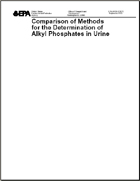
(PDF, 63 pp., 4.4 MB)
|
Comparison of Methods for the
Determination of Alkyl Phosphates in Urine
The measurement of certain urinary metabolites can be used to assess and compare
exposure to Organophosphorous pesticides. EPA's National Exposure Research Laboratory (NERL)
conducted a comparison study to characterize the performance of four existing
analytical methods used to measure these metabolites.
More...
|
|
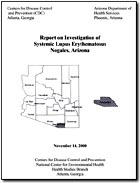
|
Report On Investigation Of Systemic Lupus Erythematosus
Nogales, Arizona
In 1997, a case-control study was conducted by the Arizona Department of Health and the Centers for Disease Control and Prevention to determine whether exposure to environmental chemicals was associated with systemic lupus erythematosus in Nogales, AZ.
More...
|
|
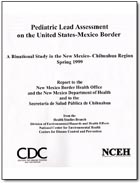
|
Pediatric Lead (Pb) Exposure Identification and Risk Reduction
The Pediatric Lead initiative involved the participation of several State, Federal, and non-governmental organizations within both the US and Mexico. The purpose was to address community concern regarding pediatric lead exposure; to build capacity of local health personnel and authorities for sustained blood lead surveillance; and to identify potential sources of exposure.
More...
|
|

(PDF, 26 pp., 334 KB)
|
Survey of Health and Environmental Conditions in Texas Border Counties and Colonia
This document is the executive summary for the report: "Survey of Health and Environmental Conditions in Texas Counties and Colonias." Using household population-based data, it is the first comprehensive description of health and environmental conditions facing Texas families living near the border with Mexico.
More...
|
|
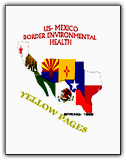
(PDF, 76 pp., 1.4 MB)
|
U.S.-Mexico Border Environmental Health Yellow Pages - Spring, 1999
The Environmental Health Yellow pages helps users identify the appropriate agency with jurisdiction over a particular environmental media or environmental health issue in the U.S.-Mexico border region.
More...
|
|
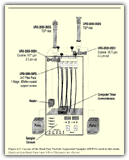
|
Lower Rio Grande Valley Transboundary Air Pollution Project (TAPP)
TAPP was a Border 2012 Program Project conducted in the U.S.-Mexico border region known as the Lower Rio Grande Valley. The approximately $1 million study is the largest air sampling project by EPA to investigate the potential for air pollution to move across the U.S.-Mexican border into South Texas.
More...
|
|
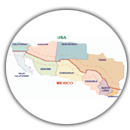
(PDF, 6 pp., 81 KB)
|
Executive Summary for the Assessment of Health Effects of Pesticide Exposure in Young Children
This executive summary is the proceedings of a workshop held in El Paso, Texas in December 1997. The workshop was entitled Assessment of Health Effects of Pesticide Exposure in Young Children. An important objective of this workshop was to review and evaluate appropriate endpoints for use in health studies of young children exposed to pesticides.
More...
|

